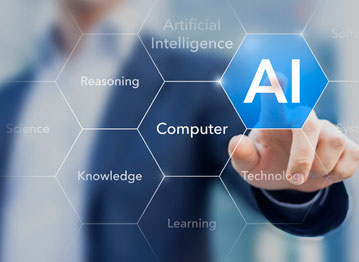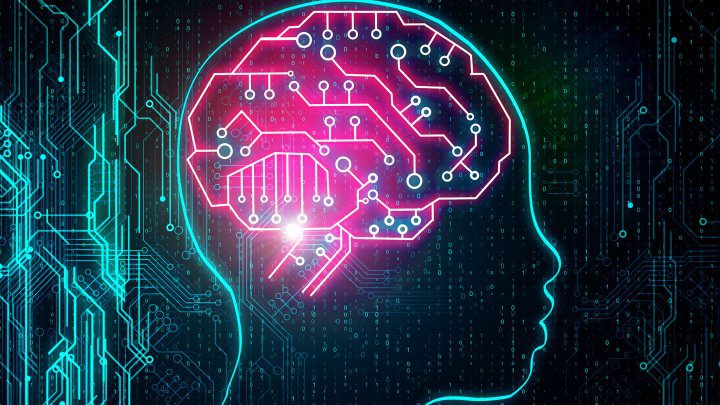Introduction:
Artificial Intelligence (AI) translation stands at the forefront of technological advancements, revolutionizing the way we communicate across linguistic boundaries. In just a short span of time, AI translation has evolved from rudimentary language conversion tools to sophisticated systems capable of nuanced understanding and contextual interpretation. This transformative power extends far beyond mere language conversion, impacting various aspects of communication, business, diplomacy, and cultural exchange. In this essay, we will delve into the multifaceted aspects of AI translation, exploring its benefits, challenges, and the profound impact it has on our interconnected world.
Evolution of AI Translation:
The journey of AI translation began with rule-based systems that relied on predefined linguistic rules and dictionaries. While these systems provided basic translations, they often struggled with idiomatic expressions, context, and language nuances. The advent of statistical machine translation (SMT) marked a significant leap, utilizing large datasets to learn translation patterns. However, SMT still faced limitations in capturing context and producing natural-sounding translations.
The breakthrough came with the rise of neural machine translation (NMT), a paradigm shift in AI translation. NMT leverages artificial neural networks to mimic the human brain’s ability to comprehend and generate language. This approach has led to remarkable improvements in translation accuracy, fluency, and context awareness. Deep learning algorithms power NMT, enabling models to learn and adapt from vast amounts of data, resulting in more human-like translations.
Benefits of AI Translation:
- Accuracy and Consistency: AI translation excels in providing accurate and consistent translations, minimizing errors that may arise from human fatigue or oversight. This ensures a higher quality of communication, particularly in professional and business settings where precision is paramount.
- Time Efficiency: The speed at which AI translation operates is unparalleled. Tasks that would take human translators hours or days can be completed in mere seconds. This rapid turnaround is especially beneficial in time-sensitive scenarios, such as breaking news, global business transactions, or emergency situations.
- Multilingual Communication: AI translation effortlessly handles multiple languages, facilitating seamless communication in diverse global contexts. This capability is instrumental in breaking down language barriers and fostering collaboration across borders.
- Cost-Effective Solutions: Automation through AI translation significantly reduces costs associated with human translation services. This is particularly advantageous for businesses and organizations looking to optimize their resources without compromising on the quality of communication.
- Continuous Learning and Improvement: AI translation models continually learn and improve over time as they are exposed to more data. This adaptability ensures that the system stays relevant and can handle evolving language trends and nuances.
Challenges and Considerations:

- Cultural Sensitivity: While AI translation excels in language conversion, understanding and respecting cultural nuances remains a challenge. Certain idioms, metaphors, or culturally specific expressions may be lost in translation, necessitating a nuanced human touch for sensitive content.
- Contextual Understanding: Despite significant advancements, AI translation systems may still struggle with complex contextual understanding. Ambiguous phrases or industry-specific terminology can pose challenges, requiring human intervention for accurate interpretation.
- Ethical Concerns: The use of AI translation raises ethical considerations, particularly in terms of privacy and data security. Ensuring that sensitive information is handled responsibly and that user data is protected is a critical aspect of deploying AI translation solutions.
- Bias and Fairness: AI models are susceptible to biases present in training data, potentially leading to biased translations. Efforts must be made to identify and mitigate biases to ensure fair and unbiased communication across different cultures and communities.
Impact on Communication and Business:
- Global Business Expansion: AI translation facilitates global business expansion by enabling companies to communicate effectively with partners, clients, and customers from diverse linguistic backgrounds. This fosters international collaborations and opens up new markets.
- Enhanced Diplomacy and International Relations: In diplomatic and international relations, accurate communication is crucial. AI translation aids diplomats, leaders, and policymakers in bridging language gaps, fostering understanding, and building stronger diplomatic ties.
- Cultural Exchange and Education: AI translation plays a pivotal role in cultural exchange and education by making information more accessible across languages. Students and researchers can access a wealth of knowledge in their preferred language, breaking down barriers to learning.
- Inclusive Online Spaces: The internet is a vast and diverse space, and AI translation contributes to making it more inclusive. Social media platforms, forums, and online communities benefit from real-time translation, allowing individuals from different linguistic backgrounds to engage in meaningful conversations.
Future Prospects and Innovations:

- Customization and Personalization: Future AI translation systems are likely to become more customizable, allowing users to tailor translations based on their preferences, industry-specific terminology, and cultural sensitivities. This level of personalization enhances the user experience and ensures more accurate communication.
- Integration with Other Technologies: AI translation is expected to integrate seamlessly with other emerging technologies, such as augmented reality (AR) and virtual reality (VR). This integration can create immersive language experiences, breaking down language barriers in new and innovative ways.
- Human-AI Collaboration: The future of AI translation envisions a harmonious collaboration between humans and machines. While AI excels in speed and efficiency, human intuition and cultural understanding remain invaluable. Hybrid models that combine the strengths of both human and AI translators may become the norm.
Conclusion:
In the span of just a few years, AI translation has emerged as a transformative force, reshaping the way we communicate on a global scale. The benefits of accuracy, efficiency, and multilingual capabilities position AI translation as a cornerstone in various fields, from business and diplomacy to education and cultural exchange.
The Transformative Power of AI Translation: Breaking Barriers and Bridging Cultures While challenges persist, ongoing advancements and a commitment to ethical considerations promise a future where AI translation not only breaks down linguistic barriers but also fosters a more connected and understanding world. As we celebrate the first year of this technological milestone, the journey ahead holds the promise of even greater possibilities and positive transformations in the realm of language and communication.

